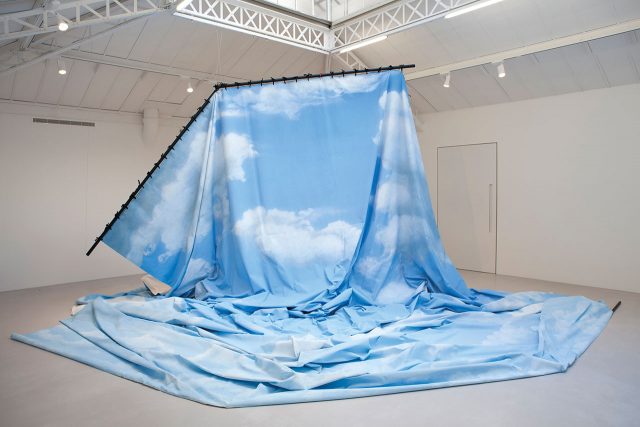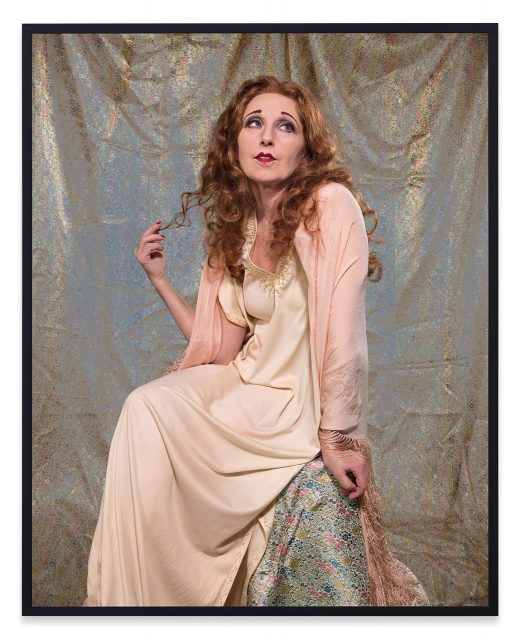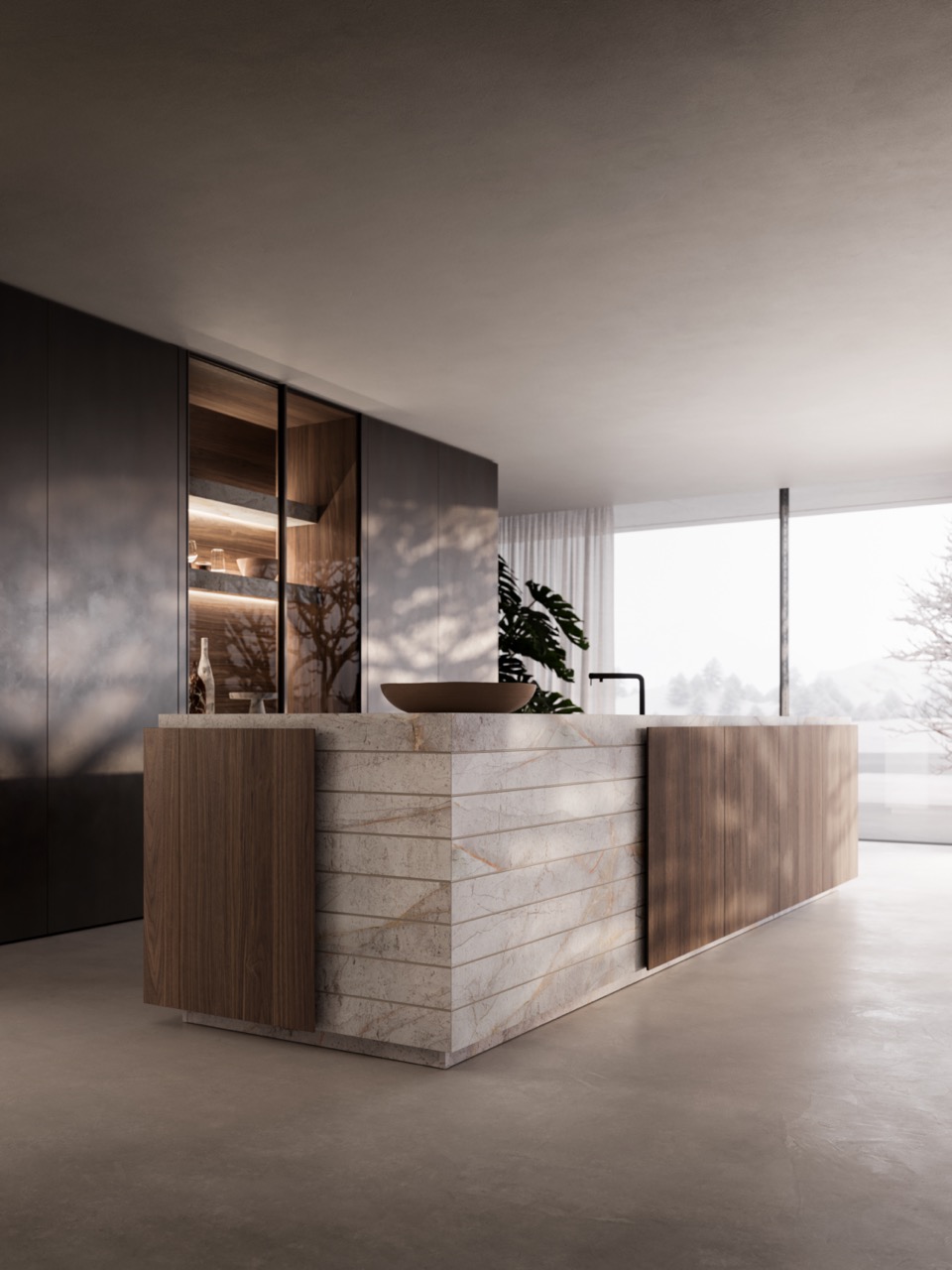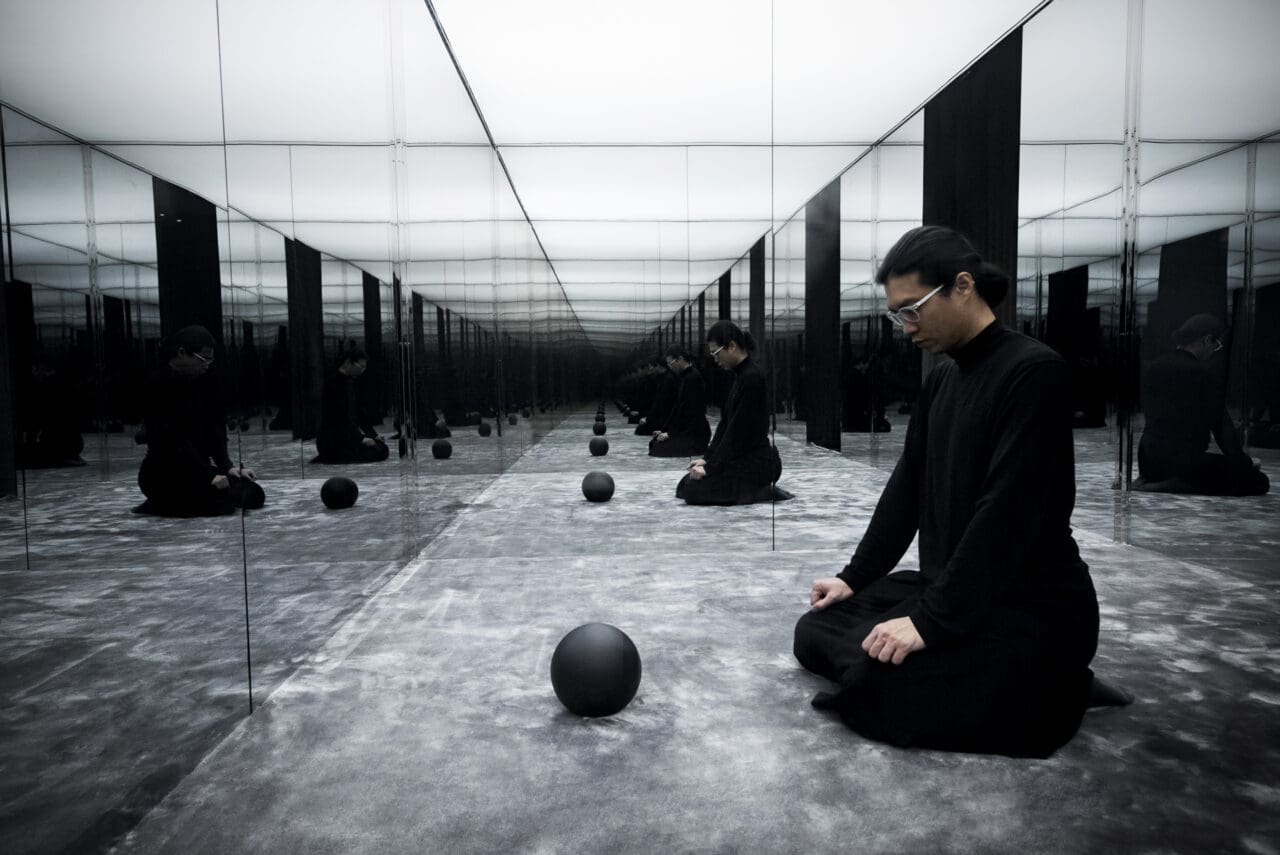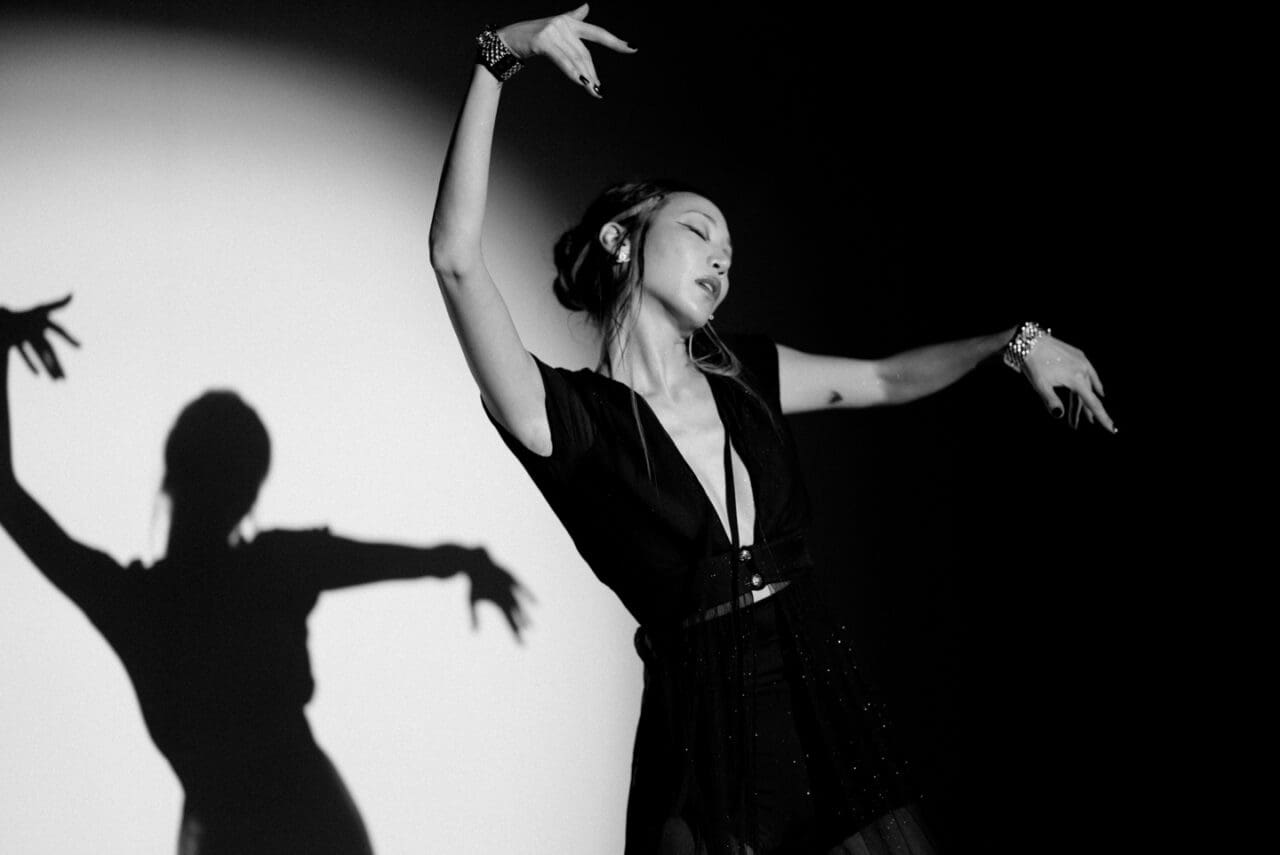Your Instagram feed may have lately been inundated with aerial shots of KAWS, aka artist Brian Donnelly’s signature character Companion blown up to epic proportions (37 metres long and 40 tonnes heavy, to be exact), floating spread-eagled, between Tai O’s stilted houses and an industrial dockyard in northeastern Tsing Yi. It then made a laborious, five-hour journey over water into the iconic Victoria Harbour, where today its creator officially announced its launch, the third stop of the global KAWS:HOLIDAY project.
Readers may remember its similarities to Dutch artist Florentijn Hofman’s giant floating rubber duck sculpture, which also graced the harbour’s waters in 2013. The organising agency then, AllRightsReserved, also facilitated KAWS:HOLIDAY, which involved the government, the Hong Kong Tourism Board, the Marine Police, and the sponsor, Asia Miles.
Due to bask in local waters until March 31 concurrent with a solo exhibition of his works being held at nearby PMQ, we spoke to KAWS at the KAWS:HOLIDAY launch event for a rundown of the inspirations behind his biggest reclined sculptural endeavour to date.
What is your relationship to Hong Kong?
I started coming to Hong Kong in 1999, which is 20 years ago. I love Hong Kong as a city – it’s very energetic. I have a lot of friends here so it’s a comfortable place for me to come. It wasn’t planned to be a 20-year thing but it’s nice to be back here and to have something of this scale.
Why did you choose to have it lying down?
When we thought of KAWS:HOLIDAY, I wanted a composition that was relaxed, and I’m the most comfortable when I’m floating arms out, just looking at the sky, having shut everything out. I wanted a public work that would also imply this.
Why did you choose to have the Companion sitting up in Taipei?
Because in Taipei it was on land, and I was responding to the architecture, so it’s a different relationship with the viewer as to having something in water. Here, the interaction with the city is greater. It’s truly a public project, and it will reach a lot more people.
Whenever I make a sculpture I think about the relationship to the viewer and how it will look in the context of the city. The fun part about doing public art is that all the stuff that happens is out of your control, and you get to see it for what it is.

